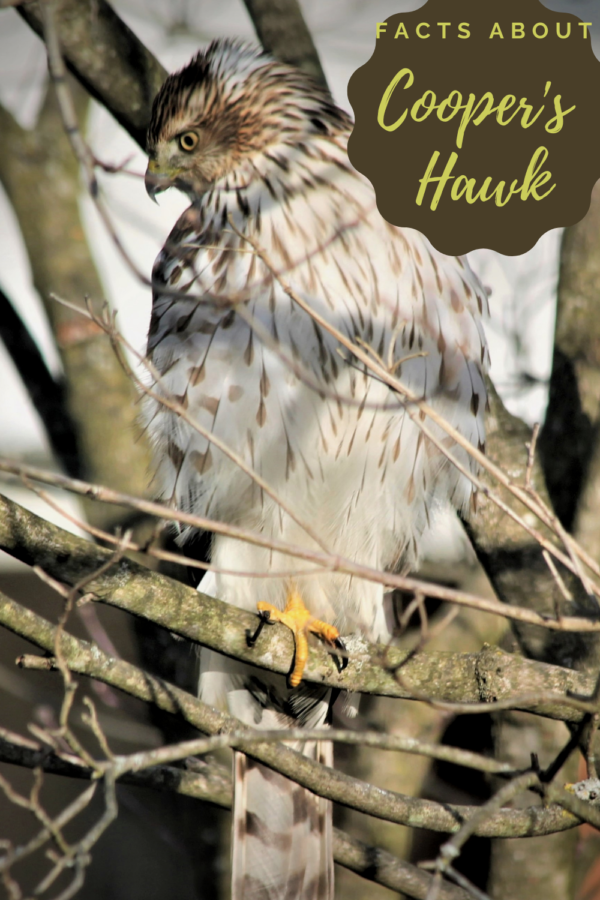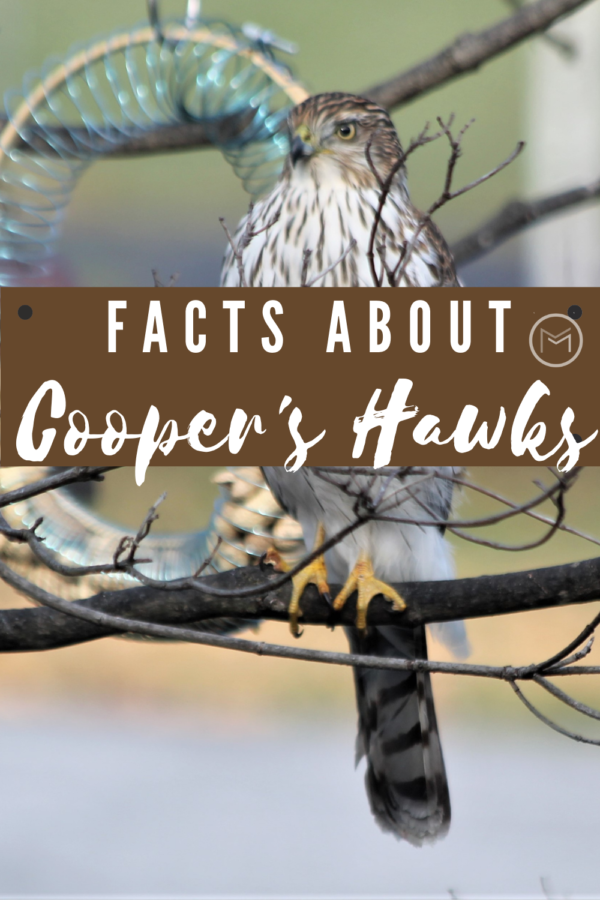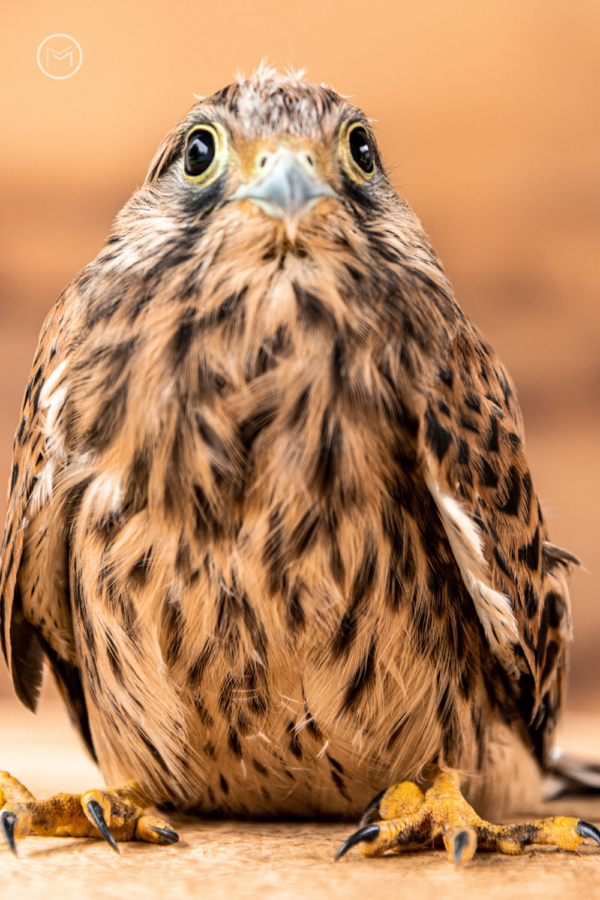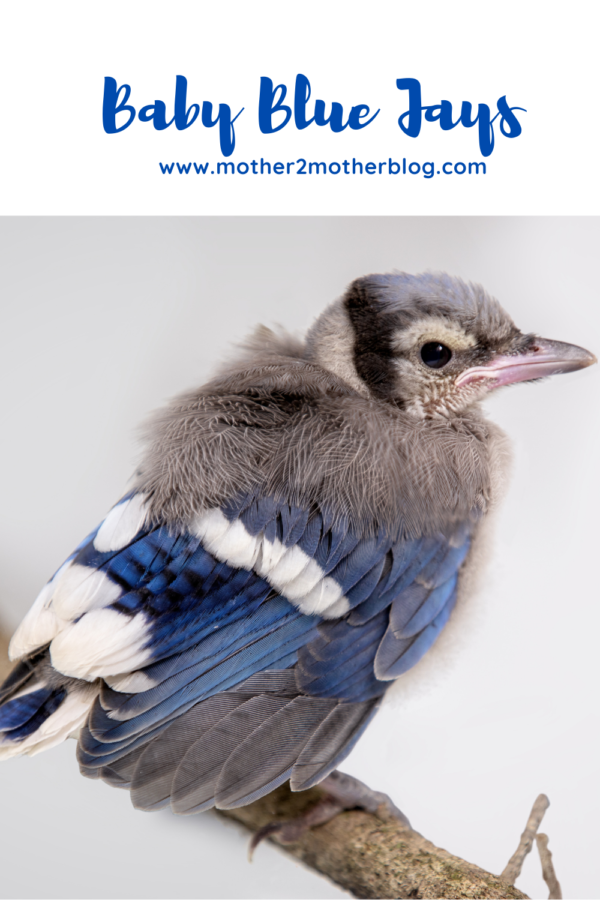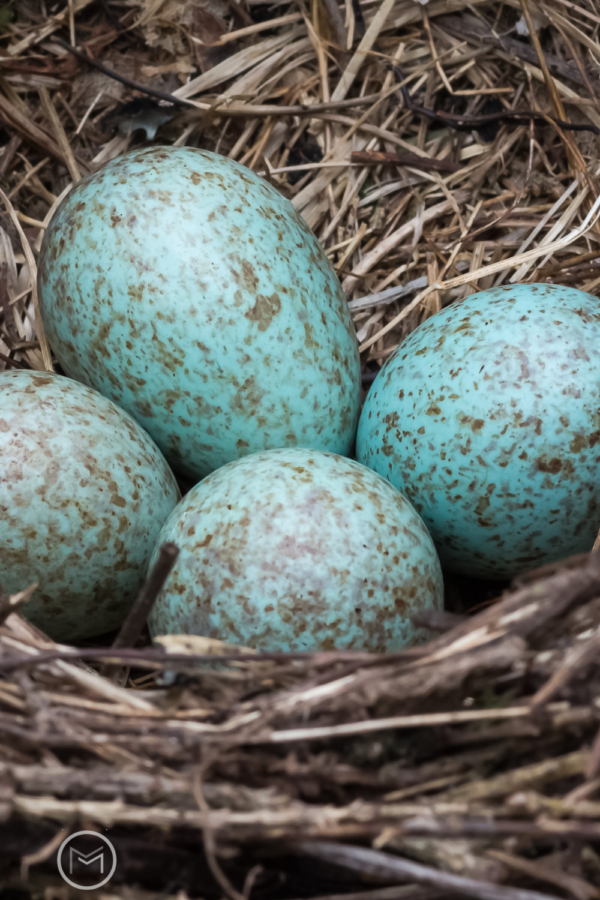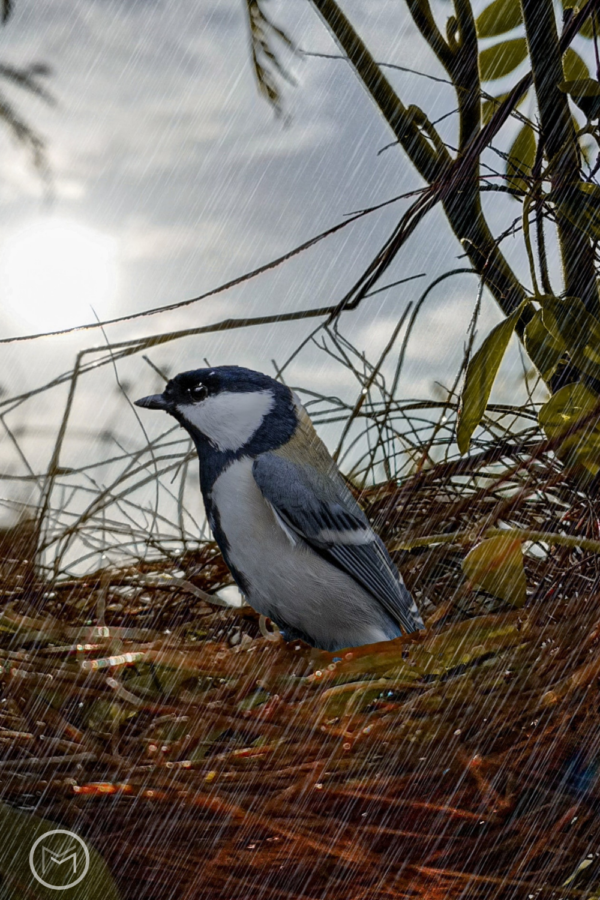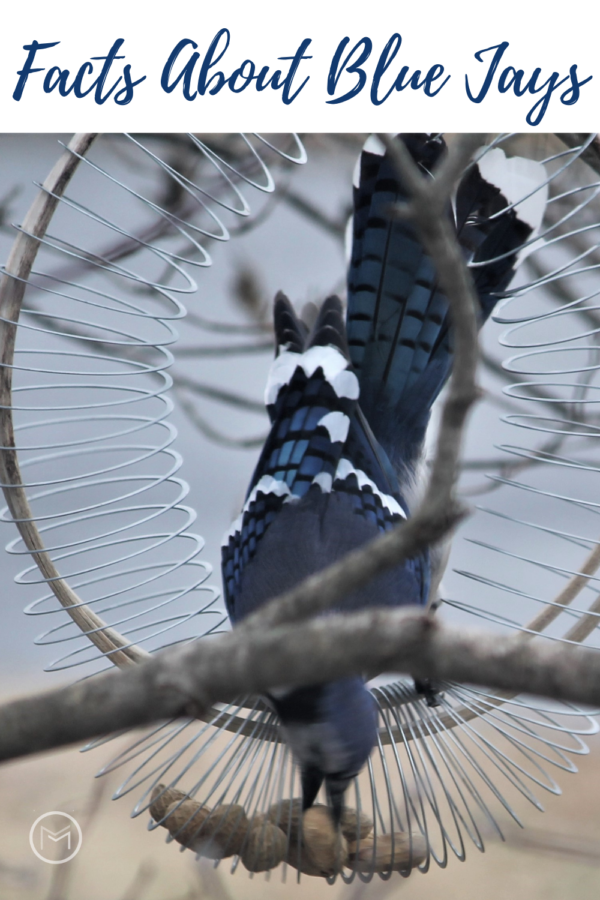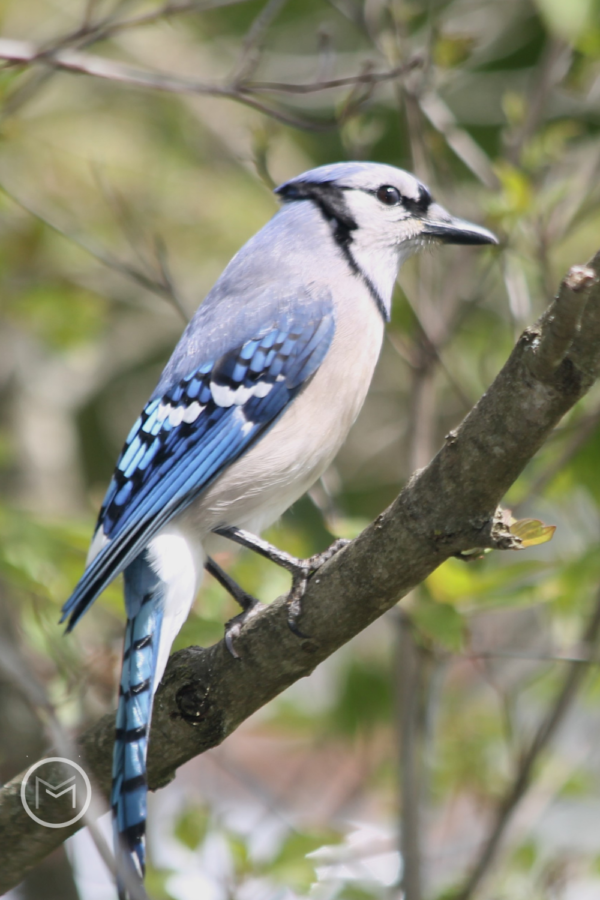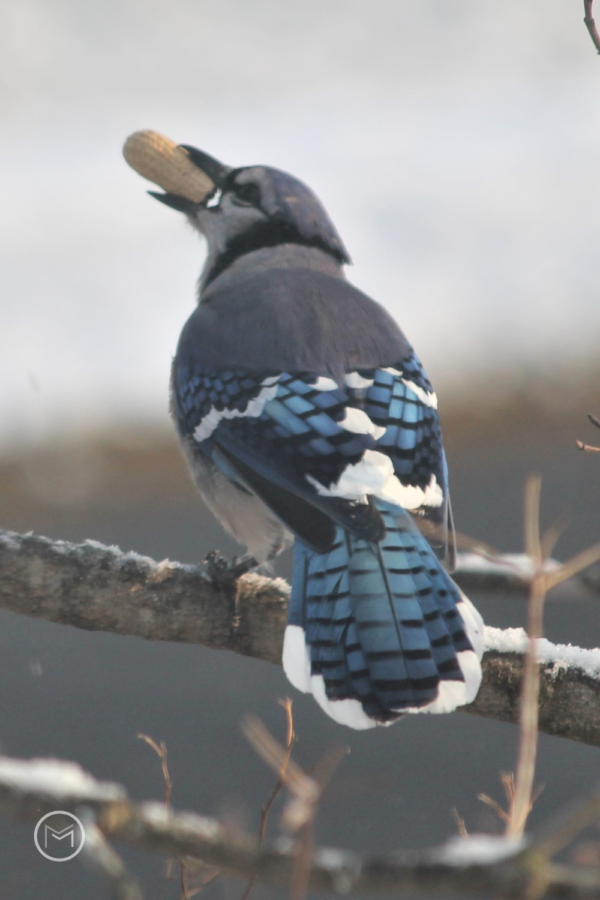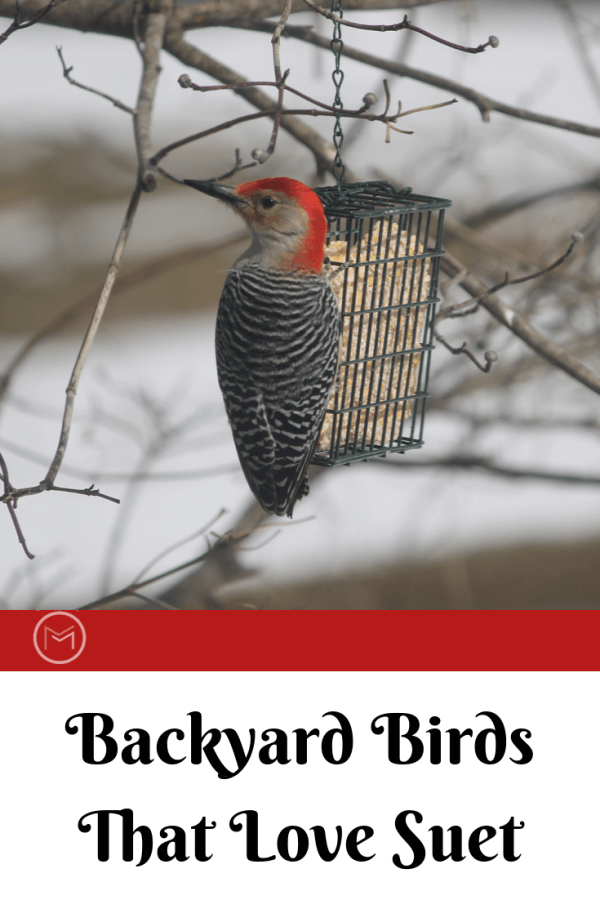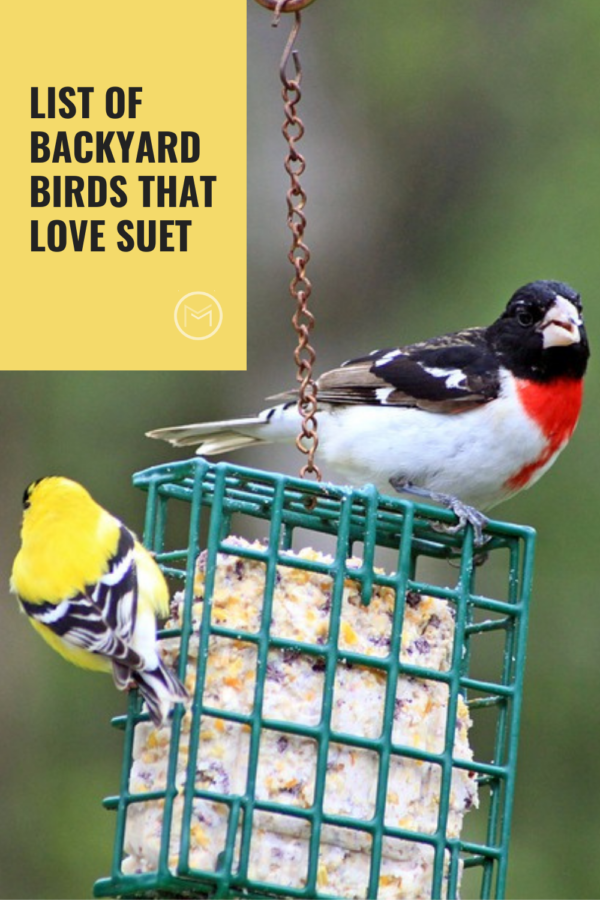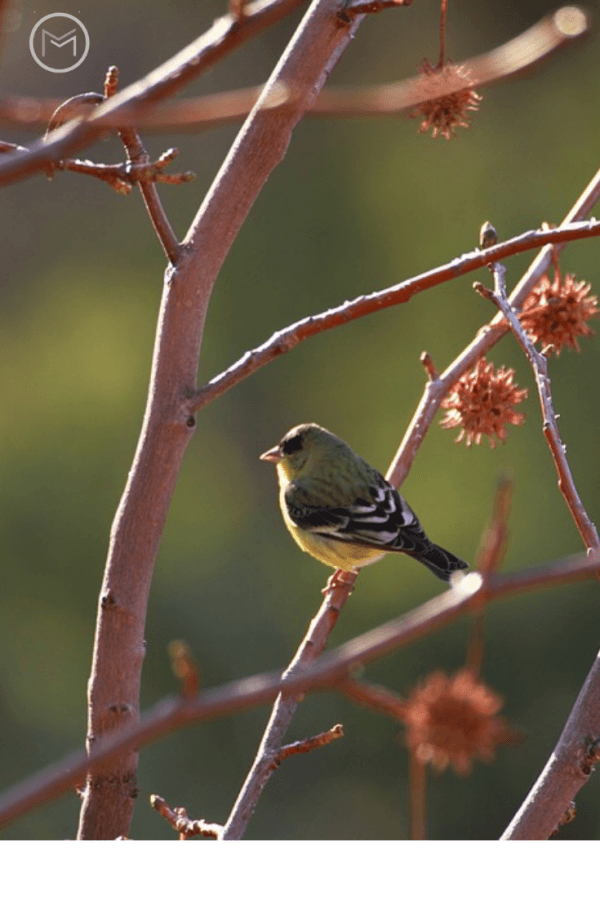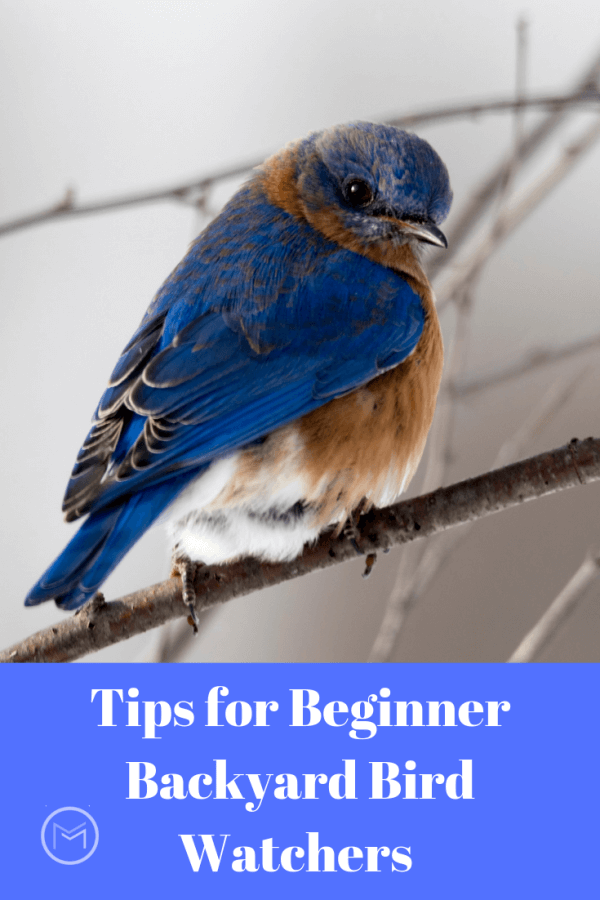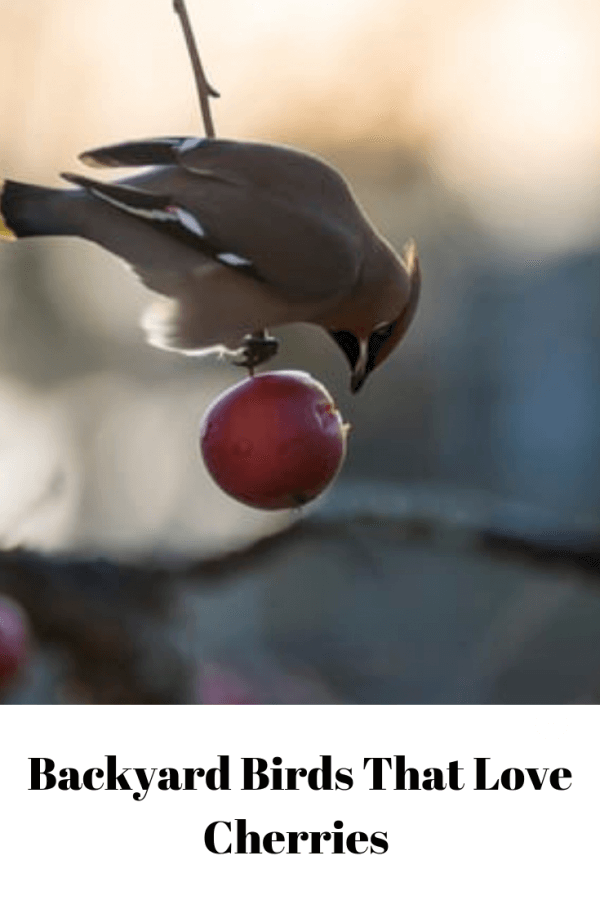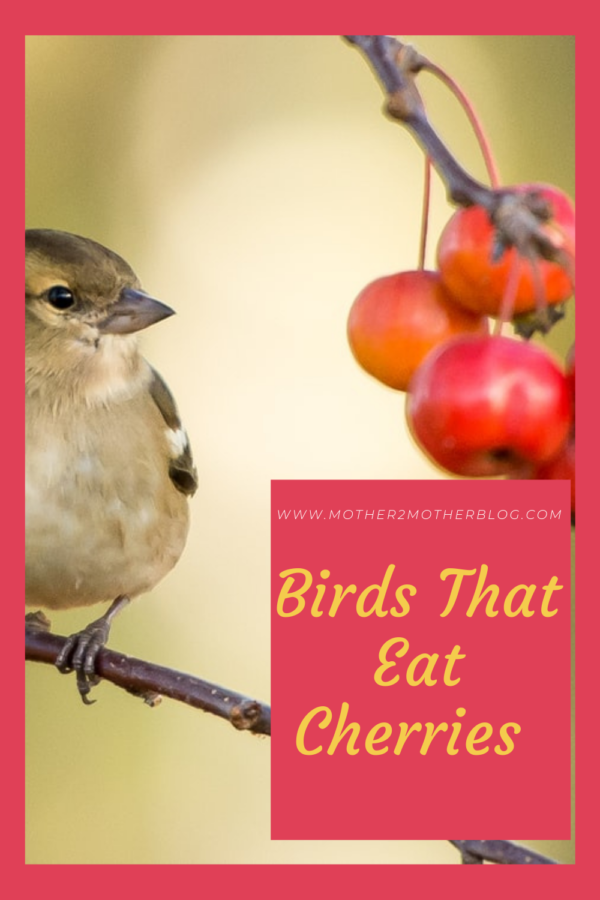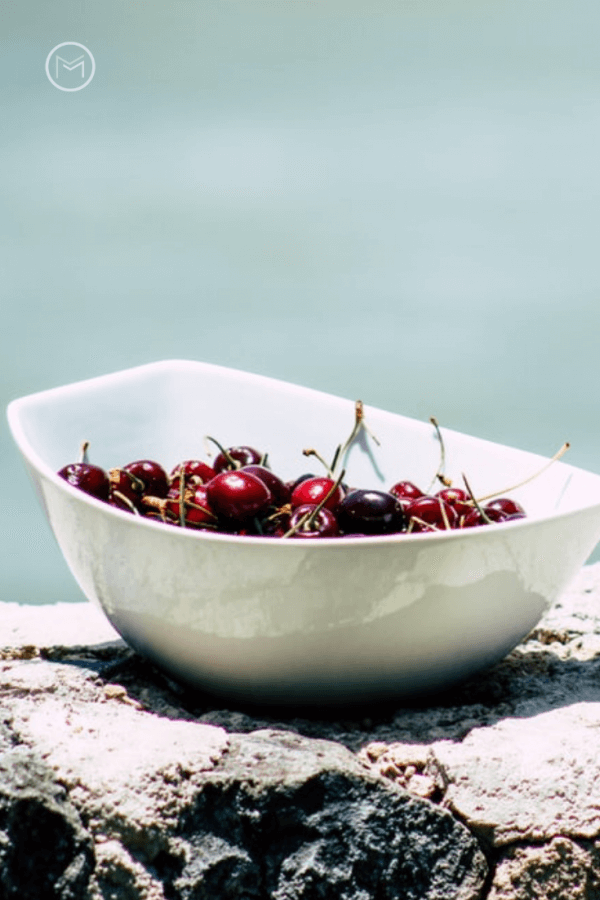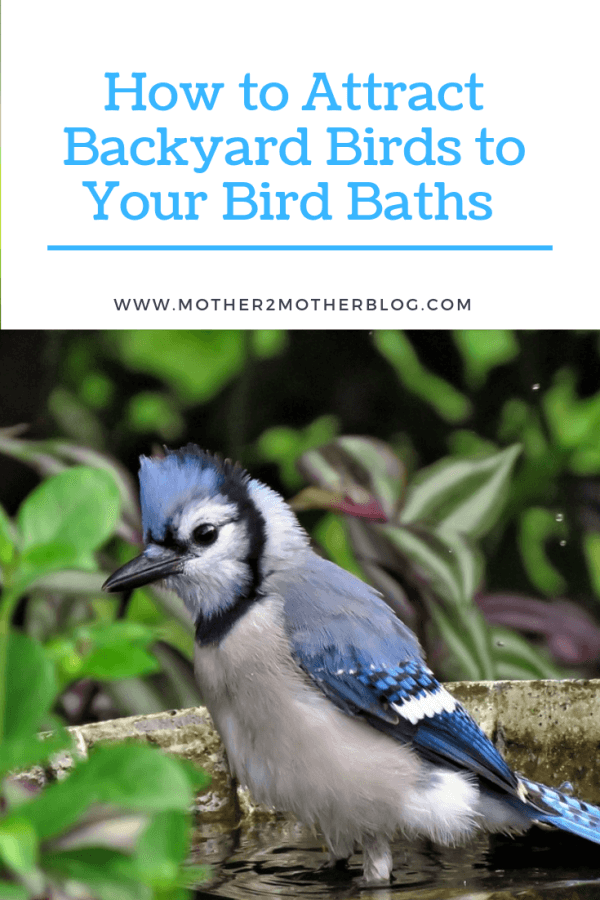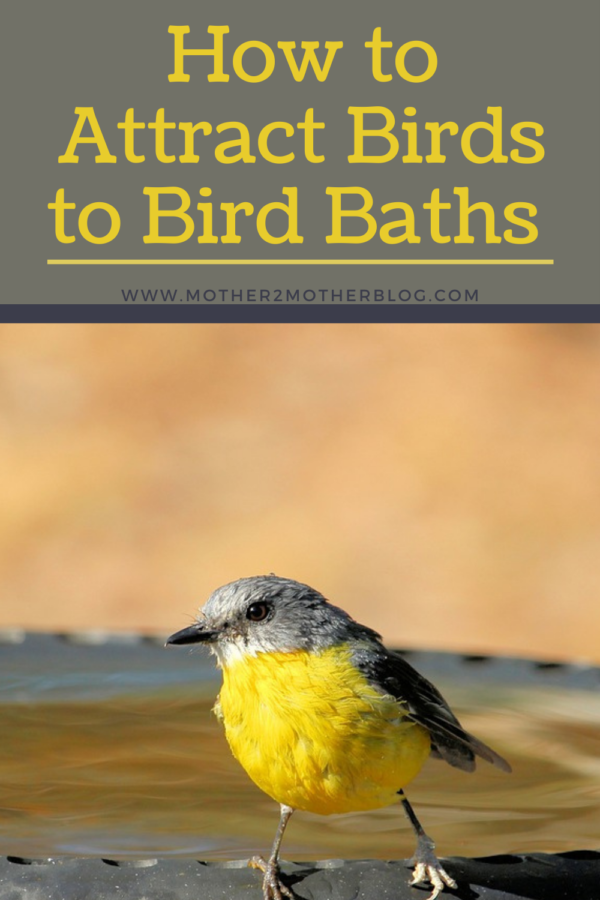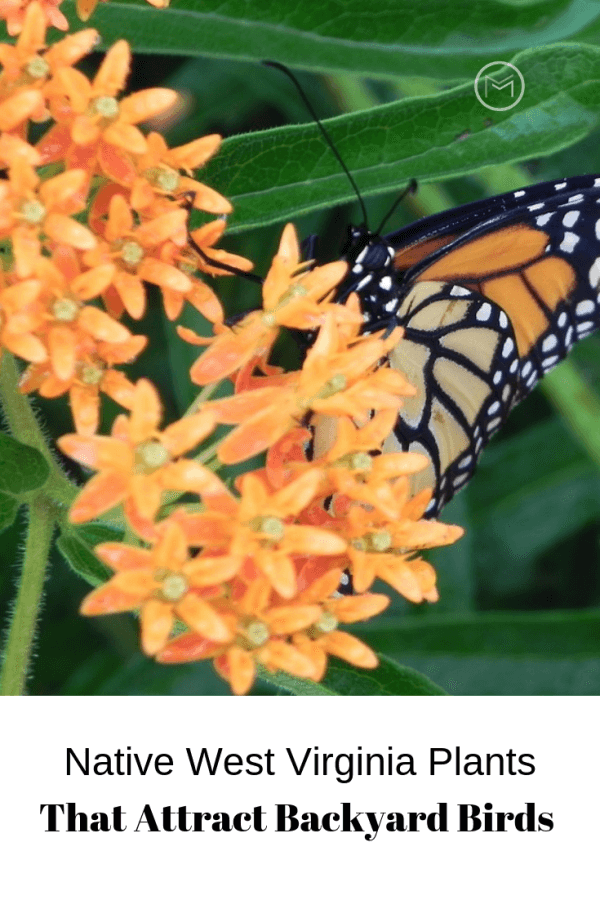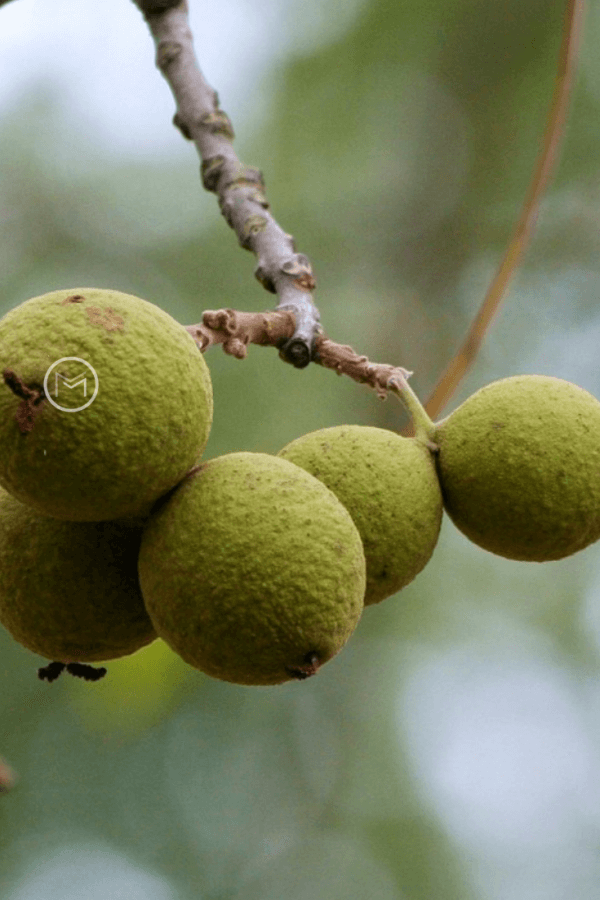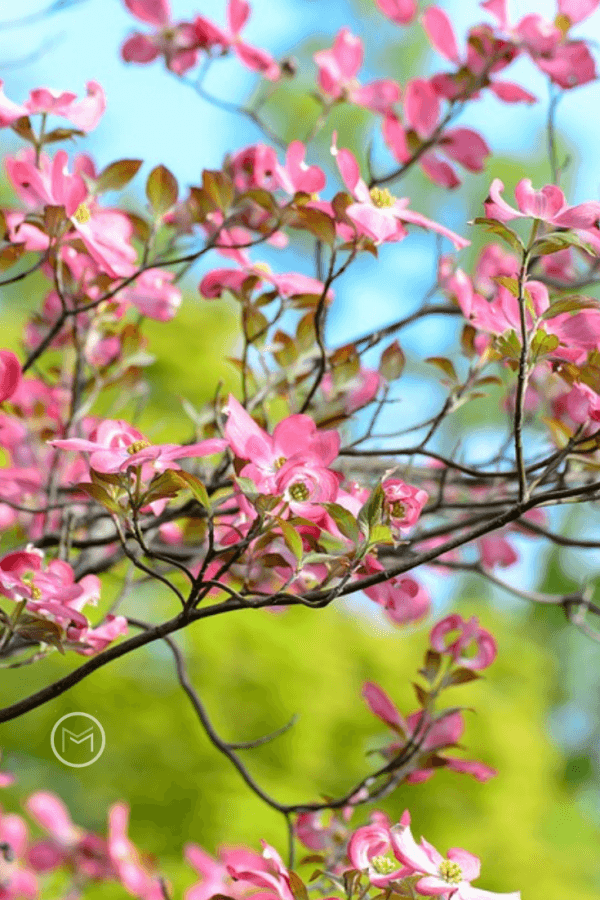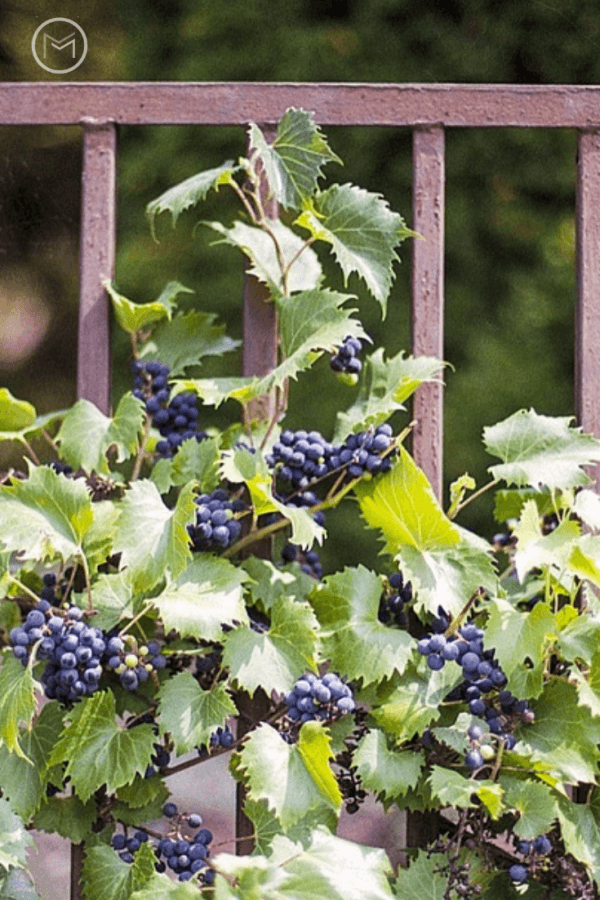Today, I’m sharing kids bird identification tips . Getting children involved in nature and encouraging them to take care of what God and nature has left us with is important.
So, birdwatching is becoming one of the fastest growing hobbies in the country. There are approximately 50 million Americans who are birding, another name for bird watching. It’s funny, people spend more time bird watching than gardening in Canada. Many people considered bird watching to be a hobby of retirees. Not anymore, and birders are becoming younger and younger.
I’ve been bird watching for years. My brother is a bird watcher. One day while I was in the garden, he visited and we started discussing the various birds in my yard. I was hooked, and I’ve been birding ever since. Also, I have started my grandchildren watching and feeding the birds. It’s a great activity to do on a cold, snowy day. Furthermore, bird watching is also a great activity in the spring and fall while birds are migrating into the area or from the area.
To help children identify various birds, I created a bird watching check list for kids. The pictures on the checklist are actual pictures that I have taken of birds in my backyard. This bird list identifier will help kids study and see actual pictures of the backyard birds. As a result, they will know what to look for or be able to identify it when they see it. Each picture has a check box, so kids can check off each bird that they have seen. I suggest printing it in color if possible, and hanging it in an area where they can study and review it.
Kids Bird Identification Tips:
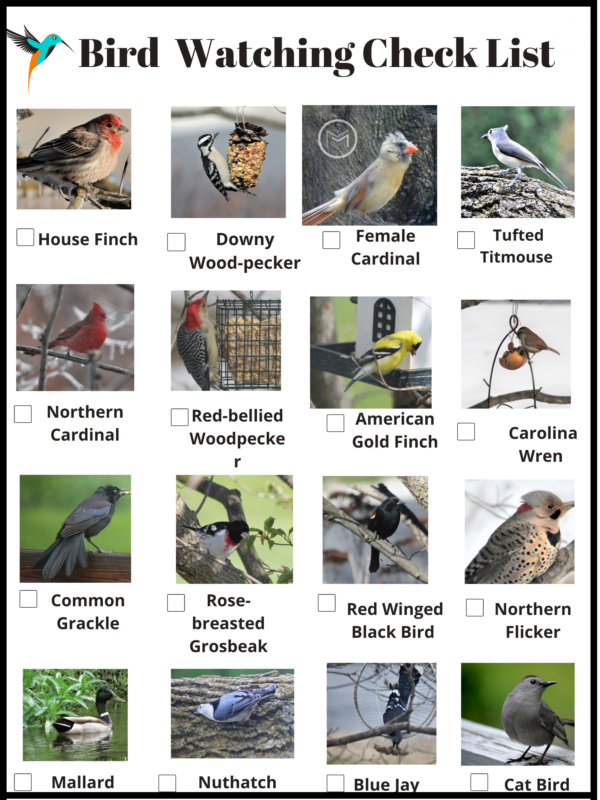
I live in the Eastern Panhandle of West Virginia, outside Washington, DC in Zone6B; however, most of the birds are common in many backyards. Blue Jays, Mallards (can be found in most parks or around ponds), Cardinals, Grackles Woodpeckers and the other birds can be found in most backyards too. Rose-breasted Grosbeak and Cat Birds are abundant in the spring.
In addition to the Bird Watching Check List, I created individual information fact sheets for birds listed on the Identification Check List. It gives children facts about each bird. For example, the Blue Jay is on the check sheet. The bird fact sheets gives kids more information about the bird they will be looking for. You can also check out my post on How to Attract Blue Jays.
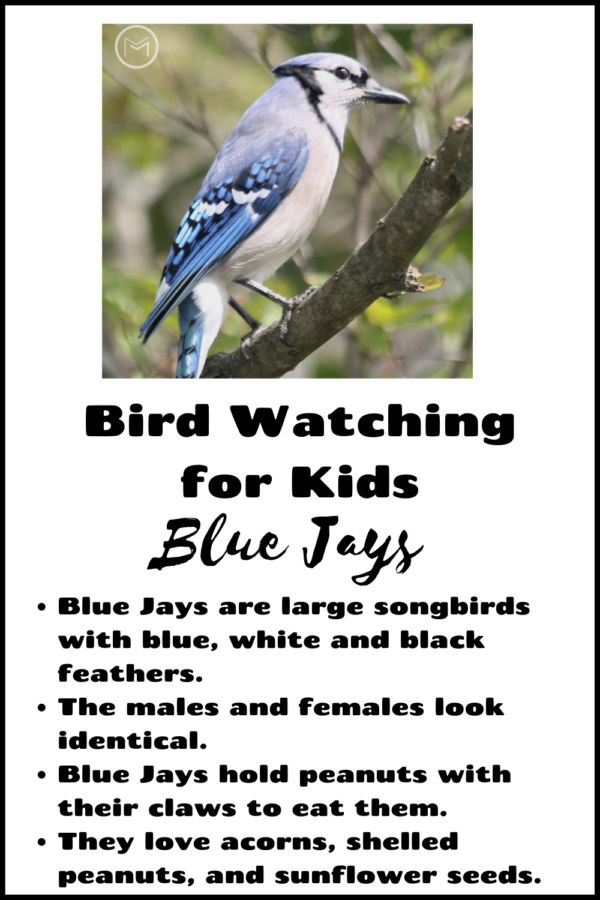
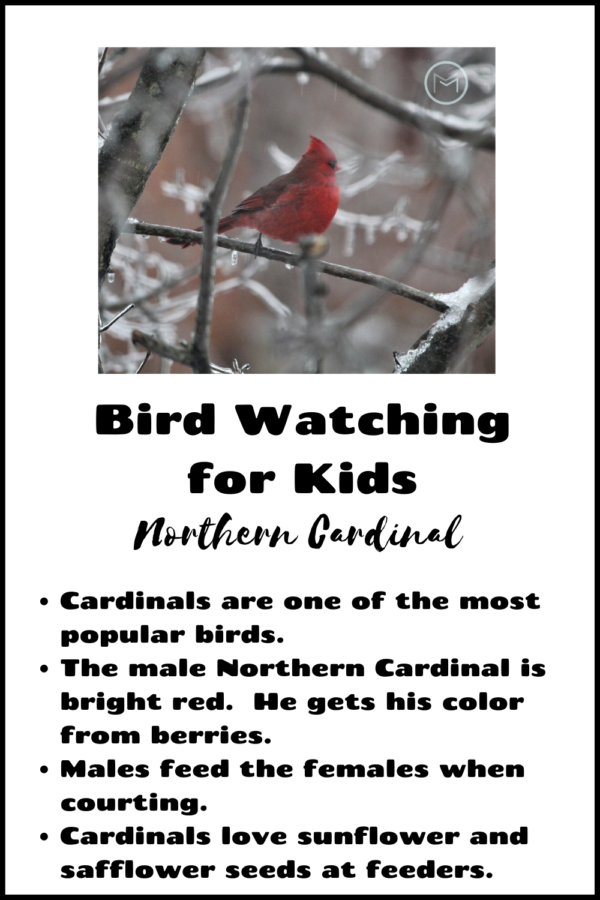
Cardinals are another backyard bird that most people can find in their backyard. They are the state bird for 7 of our states. Check out my post on How to Attract Cardinals.
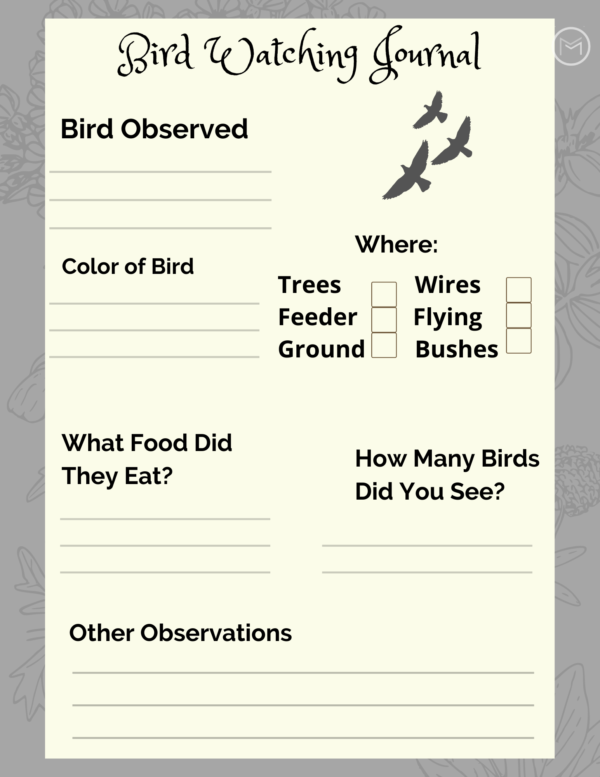
Additionally, I created a Bird Watching Journal Page where kids can document what they observed with the birds. Print the page so the children can document every bird that they see. This can include birds on the Bird Watching Check List or other birds that are spotted and not listed. Be sure to check out my category of articles on How to Attract Backyard Birds.
I hope you start your child bird watching. You may enjoy it too. You can print the Bird Watching Check List, Bird Facts and Journal Page here.
You may also like Parenting Exchange – Bird Watching Helps Children Become Wise.
